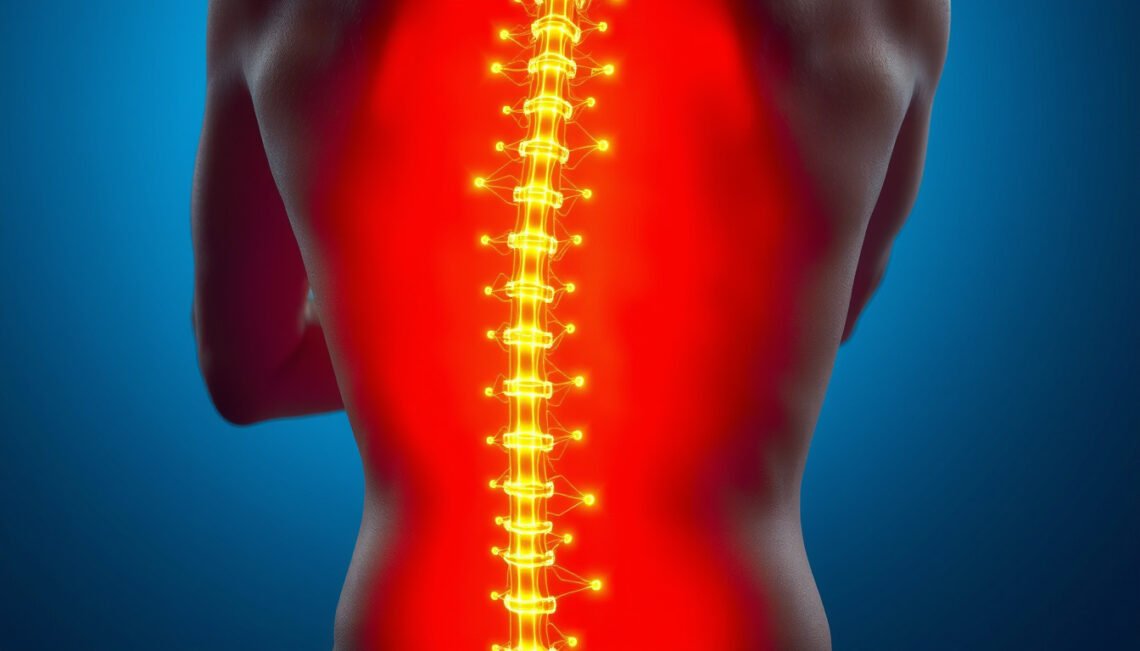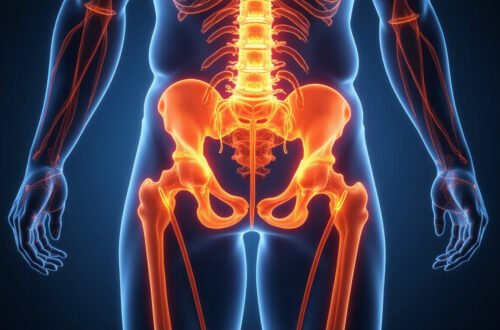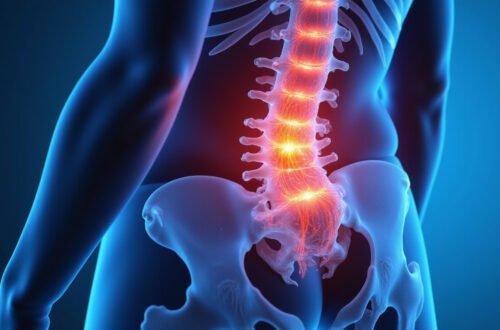Sciatic nerve pain can be a debilitating condition, affecting millions of people worldwide. Finding effective sciatic nerve pain relief is essential to restoring mobility and improving quality of life. This article explores several proven techniques and methods that not only reduce pain temporarily but also promote lasting comfort and healing.
Understanding Sciatic Nerve Pain
Sciatic nerve pain, commonly called sciatica, occurs when the sciatic nerve—the longest nerve in the body running from the lower back down each leg—is compressed or irritated. Causes include herniated discs, spinal stenosis, piriformis syndrome, or general inflammation.
Symptoms often include sharp shooting pains, numbness, tingling, or muscle weakness along the nerve’s path. Proper sciatic nerve pain relief focuses on addressing the underlying cause while managing symptoms.
Proven Methods for Sciatic Nerve Pain Relief
There is no one-size-fits-all solution for sciatic nerve pain relief, but combining various approaches often yields the best results. Below are several effective techniques that can be integrated into your treatment plan.
1. Physical Therapy and Targeted Exercises
Engaging in physical therapy tailored to sciatica strengthens muscles supporting the spine, improves posture, and enhances flexibility. Therapists often recommend stretches that specifically target the lower back, hamstrings, and piriformis muscle.

Examples of beneficial exercises include:
- Piriformis Stretch: Helps relieve tension around the sciatic nerve.
- Knee-to-Chest Stretch: Loosens the lower back.
- Hamstring Stretch: Reduces pressure on the lower back and legs.
Consistent practice of these exercises can help decrease pain intensity and prevent future flare-ups.
2. Heat and Cold Therapy
Applying heat packs to the lower back improves blood circulation and relaxes muscles. Alternatively, cold packs reduce inflammation and numb sharp pain. A common approach involves:
- Using ice packs for 15–20 minutes every 2–3 hours during acute pain episodes.
- Switching to heat therapy after the initial inflammation subsides.
Alternating between heat and cold can effectively manage sciatic nerve pain relief without medication.
3. Over-the-Counter and Prescription Medications
Nonsteroidal anti-inflammatory drugs (NSAIDs) such as ibuprofen or naproxen are often the first line of defense for reducing inflammation and pain. In more severe cases, doctors may prescribe muscle relaxants, oral steroids, or even nerve pain-specific medications.
It is essential to use medications as directed and under medical supervision to avoid side effects and dependency.
4. Alternative Therapies
Many find relief through alternative methods such as:
- Acupuncture: Stimulates specific points that may reduce sciatic nerve pain.
- Chiropractic Adjustments: Aligns the spine to relieve nerve pressure.
- Massage Therapy: Eases muscle tension that could be aggravating the nerve.
While evidence varies, these therapies can complement conventional treatments for lasting sciatic nerve pain relief.
5. Lifestyle Modifications
Simple lifestyle changes can significantly impact sciatic nerve pain:
- Maintaining a healthy weight to reduce spinal strain.
- Practicing good posture when sitting and standing.
- Utilizing ergonomic furniture and supportive footwear.
- Avoiding prolonged sitting or heavy lifting.
Incorporating these habits helps minimize nerve irritation and promotes long-term comfort.
When to Consider Surgical Options
Surgery is rarely the first choice for sciatic nerve pain relief but may become necessary if conservative treatments fail or if symptoms worsen drastically—such as progressive muscle weakness or loss of bladder control. Procedures like microdiscectomy or laminectomy can relieve nerve compression.
Consult a healthcare professional for an accurate diagnosis and to discuss whether surgery is appropriate.
Summary: Top Sciatic Nerve Pain Relief Techniques
- Physical therapy and targeted stretching exercises
- Heat and cold therapy application
- Over-the-counter or prescribed medications
- Alternative approaches like acupuncture and chiropractic care
- Lifestyle improvements and ergonomic adjustments
Frequently Asked Questions About Sciatic Nerve Pain Relief
Q1: How quickly can I expect sciatic nerve pain relief with home treatments?
A: Mild cases of sciatica often respond within a few days to a couple of weeks when using stretches, ice/heat therapy, and OTC medications. However, more severe cases may take longer, and persistent symptoms should be evaluated by a professional.
Q2: Can exercise worsen sciatic nerve pain?
A: While resting during an acute flare-up helps, gentle stretching and low-impact exercises usually improve symptoms. High-impact or improper exercises, however, can exacerbate pain, so guidance from a physical therapist is recommended.
Q3: Is sciatic nerve pain relief possible without medication?
A: Yes. Many people find significant relief through physical therapy, lifestyle changes, and alternative treatments without relying on drugs. Yet, some might need medication temporarily to manage severe pain or inflammation.
Expert Insight on Sciatic Nerve Treatment
According to the Mayo Clinic, a combination of conservative treatments such as physical therapy, proper exercise, and pain management is effective in reducing sciatica pain without surgery in most cases (source).
Take Control of Your Sciatic Nerve Pain Today
If you’re struggling with sciatic nerve pain, don’t resign yourself to living in discomfort. Implementing effective sciatic nerve pain relief techniques—ranging from targeted stretches and heat/cold therapy to lifestyle changes—can restore your mobility and enhance your well-being. Always consult a healthcare professional to create a treatment plan tailored specifically to your needs.
Start your journey toward lasting comfort now by adopting these proven strategies and reclaim your pain-free life!






